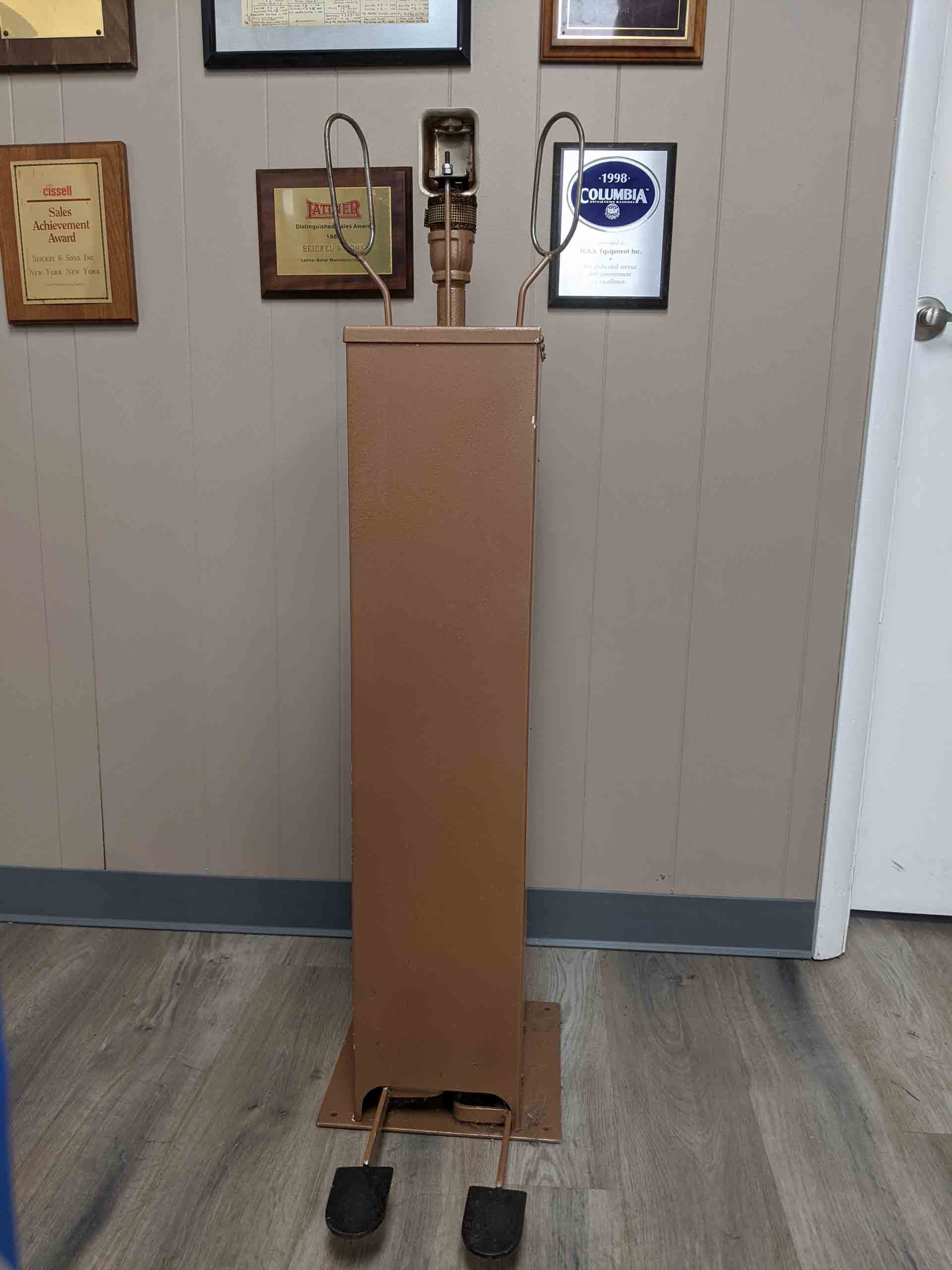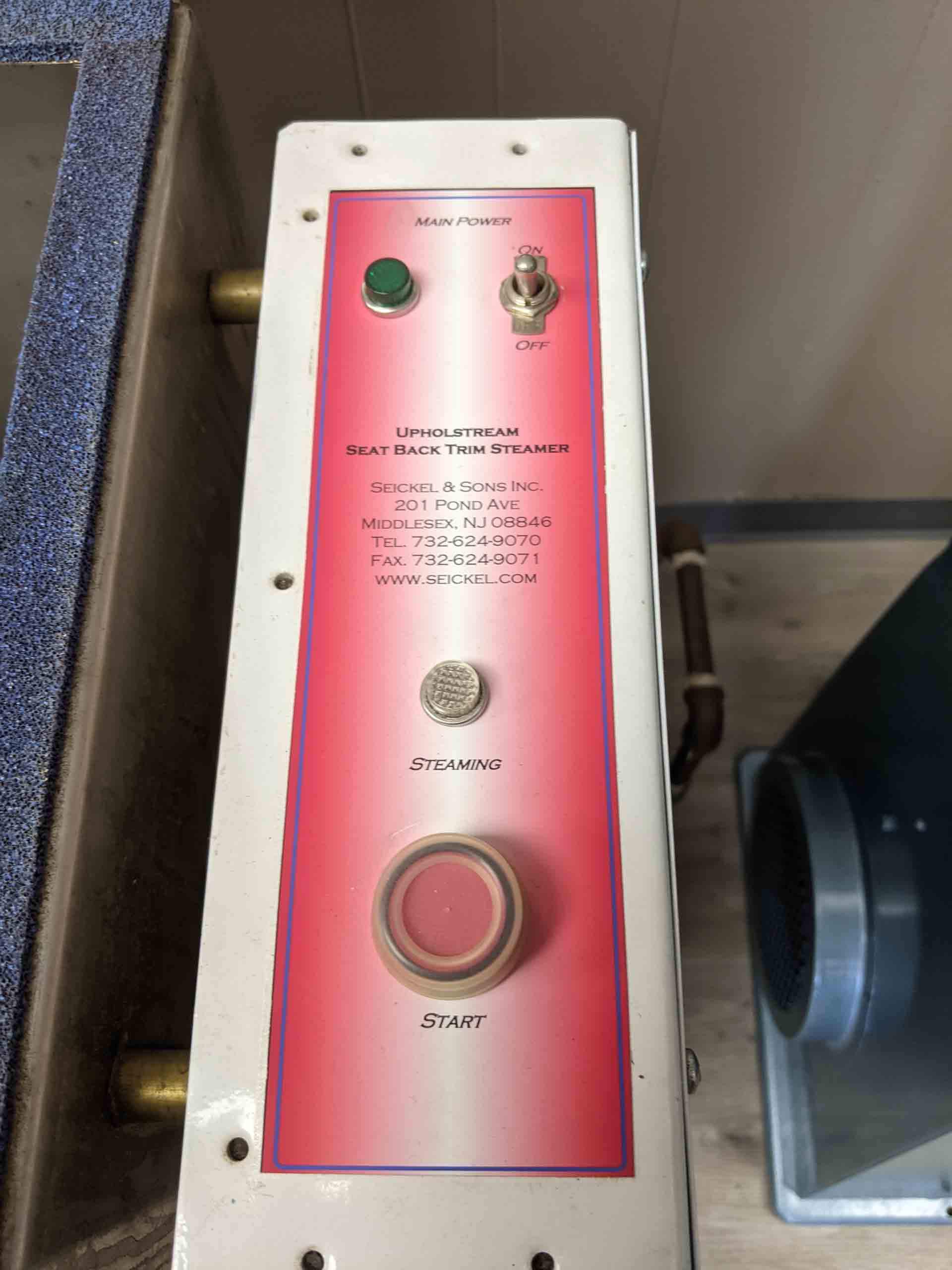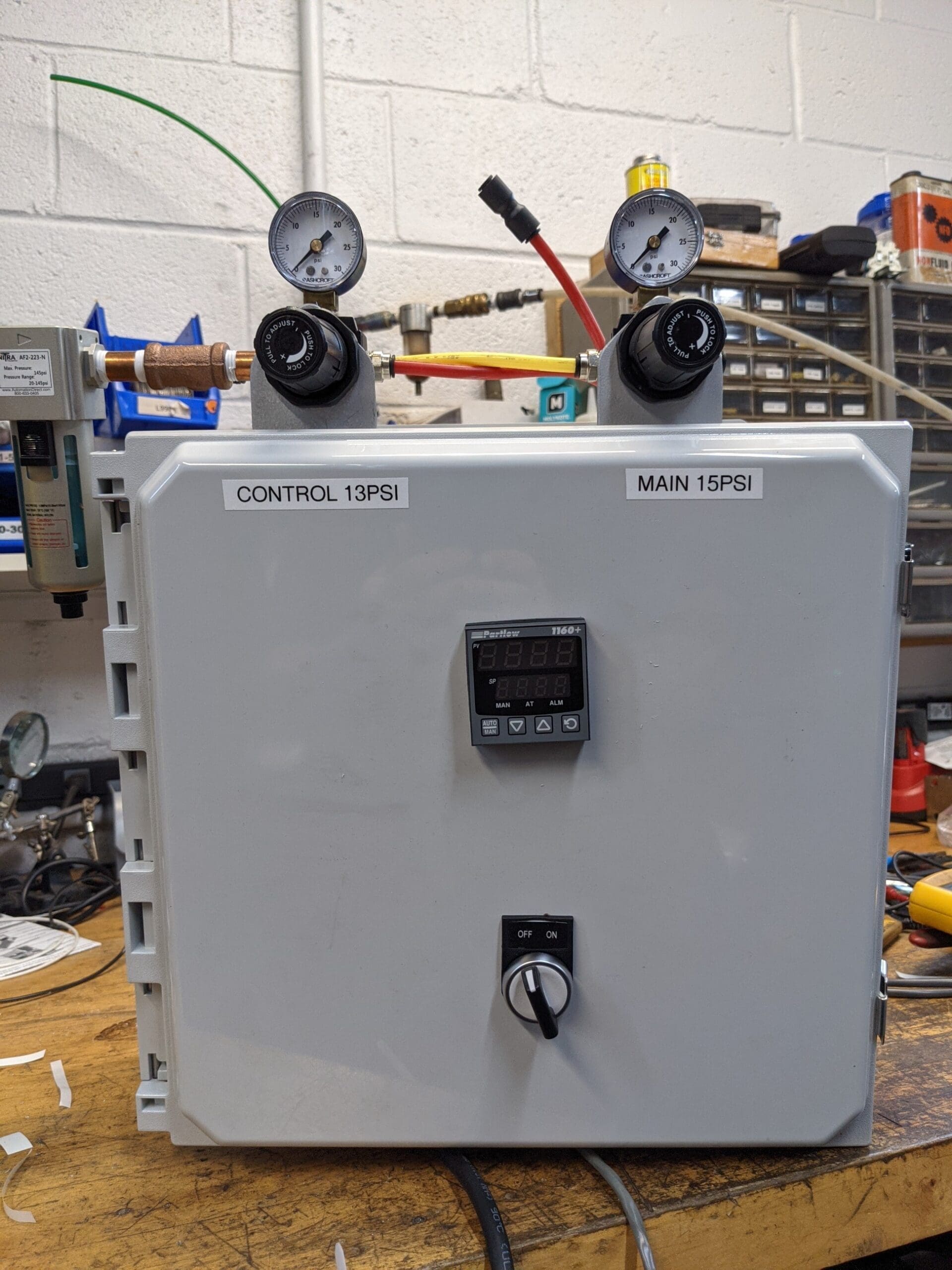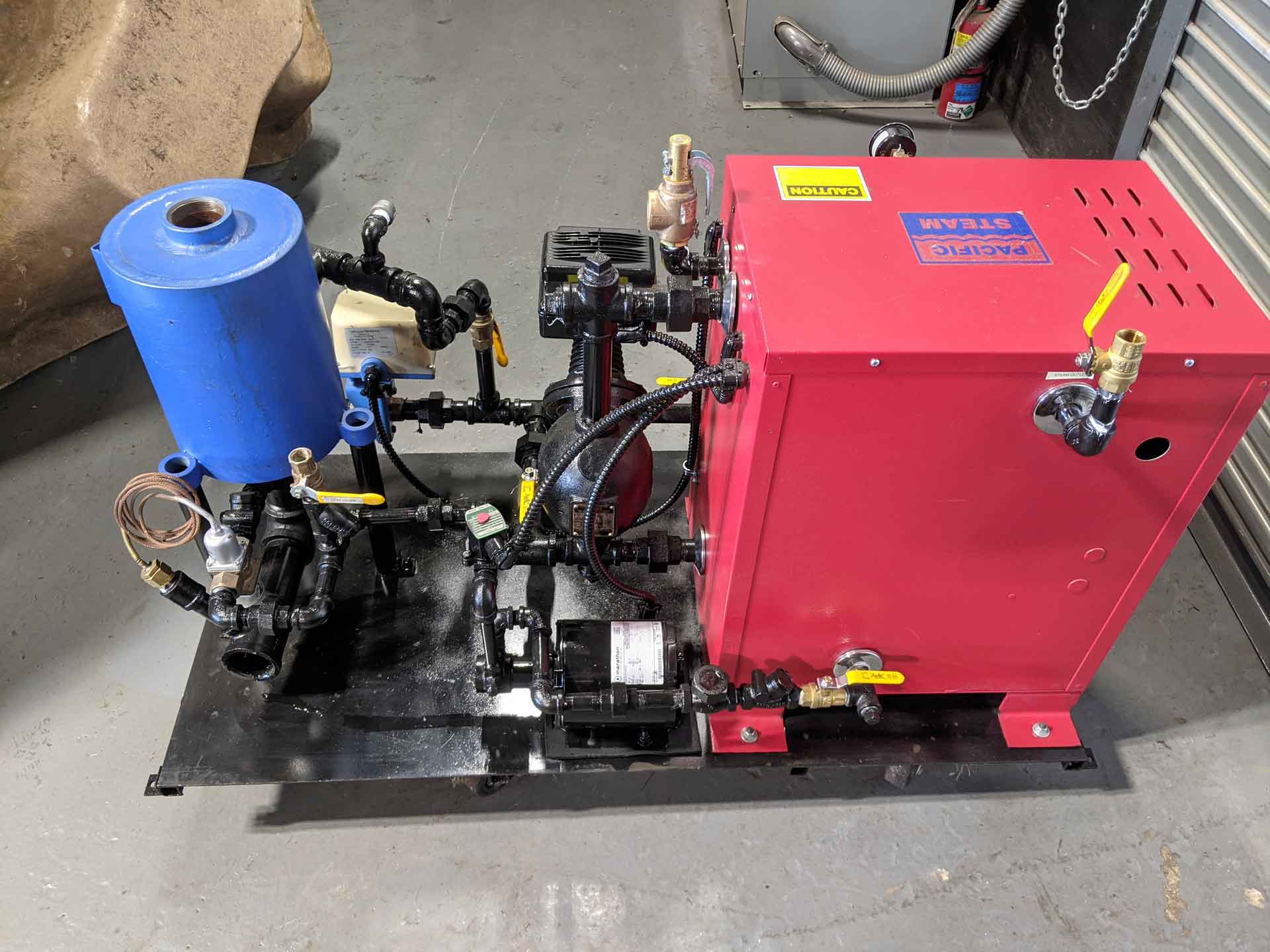Auto Upholstery Industry: Car Seat Steam Equipment
A person familiar with our work in the garment industry reached out to us about doing some work for a tier 1 car seat manufacturer in Delaware. They were looking to solve some problems they were having regarding the removal of wrinkles and imperfections from car seats in their plant.
We sent a representative down to their plant to see the issues they were having firsthand and went over possible solutions. The first thing our rep noticed was how many workers were steaming the car seats with ordinary hand irons, not only is it incredibly inefficient but it also leads to many inconsistencies in the final product.
This particular manufacturer used an overhead conveyor to move the seats through the different zones in the factory, so we got the idea of building a series of panels around a section of the conveyor and attaching steam manifolds with jets to the panels. The idea was similar to how a steam tunnel for finishing ordinary garments worked, and the customer loved the idea. We built the panels and manifold steam system and installed it in their factory with great success.
Soon after, we received a call from another one of their factories, this one located in Detroit, MI. They heard about the steam system we built for the factory in Delaware and were interested in having something similar built and installed to accomplish the same goal, removing wrinkles and imperfections efficiently and consistently. This factory however, had a ground-level conveyor system, which altered the design of the steam system quite a bit. This time we designed a full cabinet that straddled the conveyor. In addition to the cabinet change, we also added more manifolds that were independently adjustable to concentrate steam on certain areas that were more problematic or prone to issues. After that cabinet was installed and up and running, we received phone calls from four other plants about designing and installing cabinets in their factories.
Their Six Sigma team brought another issue to our attention. Due to the tight fitting of the car seat covers, they would often rip or damage material in the process. Since eliminating the probability of error and defects was their utmost concern, we took some of their material back to our shop to do some research and development before devising a solution. We found that pre-steaming the material allowed it to stretch just enough to make installing it on the seat frames much easier. We designed a steam system that could be installed onto existing machines they used on their assembly line, like an attachment. This not only satisfied their Six Sigma team’s goal of greatly reducing/eliminating defects, but it also didn’t add any extra time or inconvenience to their manufacturing process. The only change to production was the addition of pressing a button for steam prior to installing the seat covers onto their respective frames. We ended up installing seven of these attachments onto the machines in their factory.
We also met with a rep from another company that manufactures infrared ovens that were being installed after our steam tunnels to dry the seats after steaming, which worked particularly well on car seat manufacturer’s leather seats. The oven manufacturer asked to work collaboratively with us on a project for a different car seat manufacturer in Canada. We designed, built, and supervised the installation of two steam tunnels for this manufacturer.
The international work was a bit more involved due to different certifications and approvals needed in order for the manufacturer to use our equipment, but all qualifications were met and the work was completed.
In addition to the many steam tunnels and pre-steam systems that we built, we have developed and installed other pieces of steam equipment for use in the auto industry such as a headrest steamer and a steam box used to steam trim pieces and smaller sections of fabric to soften and make them more pliable for installation.



























